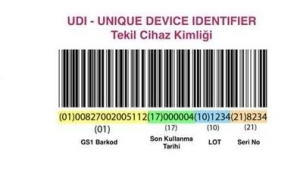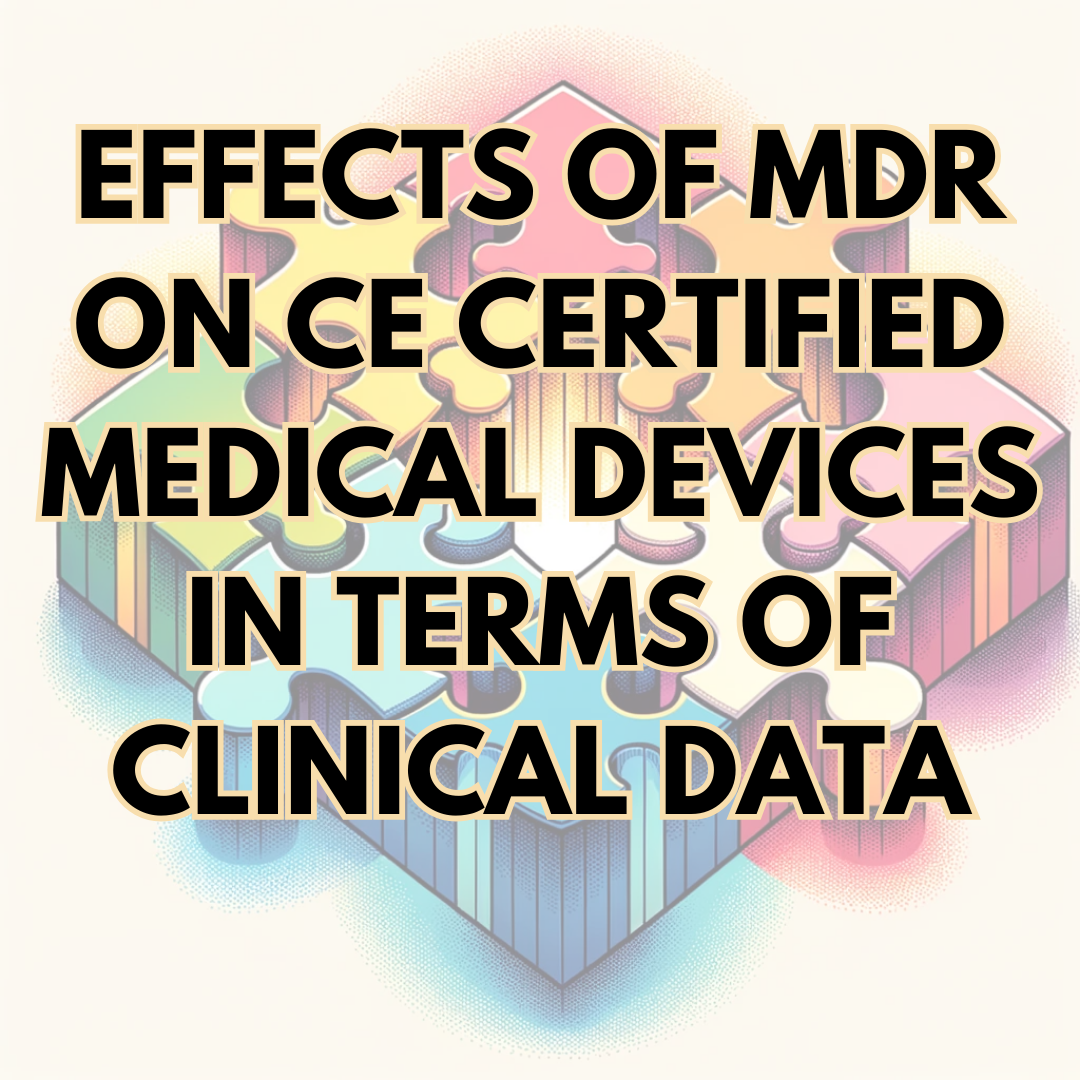(Basic) UDI-DI
Basic UDI-DI number; It is the number used to connect devices with the same intended use, risk class and basic design in the database.
- This serial number is not used on labels.
- It should be used in technical documentation and EUDAMED.
UDI-DI numbers should be associated with the documents below:
- Declaration of conformity
- Free Sale Certificates
- SSCP (Summary of Safety and Clinical Performance)
- PMS (Post-Market Surveillance) Report / PSUR (Periodic Safety Update Report)
- Manufacturer Incident Reporting - MIR
- Trend Reports
- Periodic Summary Reports
- Clinical trial forms for the post-market

The UDI code used to ensure product traceability consists of two parts: UDI-DI and UDI-PI.

UDI-DI is the static part that does not change, while the UDI-PI part is the part of production controls with dynamic content constantly changing with information such as expiration date, lot, serial number, production date, and content information.
It has been stated that the European Commission will appoint institutions to operate a system for the allocation of UDIs, and by the Decision of 7 June 2019 ((EU) 2019/939), it has determined these institutions as follows:
(a) GS1 AISBL
(b) Health Industry Business Communications Council (HIBCC)
(c) ICCBBA
(d) Informationsstelle für Arzneispezialitäten — IFA GmbH
To get UDI-DI, you can watch the video of the GS1, the most used service provider in our country, here.
A UDI system is needed both for the product and for all steps in packaging the product.
Does the UDI-DI barcode system need to be validated?
It is also important that the UDI-DI barcoding system is a process that requires validation after it is installed.
For which changes in UDI-DI should a new GTIN be assigned?
A detailed answer is given in the document “GS1 Healthcare GTIN Allocation Rules Standard”, published by GS1.
Legacy Devices and Basic UDI-DI
According to MDR Article 120(3), legacy devices are defined as medical devices that can be placed on the market if certain conditions are met, after the date of application (DoA - Date of Application) of MDR, until 26 May 2024.
This includes the following devices:
- Class I devices under Directive 93/42/EEC (MDD) for which an EC declaration of conformity has been issued before 26 May 2021, and the conformity assessment procedure under the MDR requires the participation of a notified body;
- Devices covered by a valid CE certificate issued pursuant to Directive 90/385/EEC (AIMDD) or MDD 93/42/EET before 26 May 2021.
Basic UDI-DI cannot be implemented for legacy devices and can never be assigned to a legacy device. Detailed information is available in the MDCG 2019-5 document.
For legacy devices to be registered in EUDAMED, two other unique access keys (IDs) are required for EUDAMED to operate, rather than Basic UDI-DI and UDI-DI.
For this purpose, a EUDAMED DI will be assigned to the device instead of the Basic UDI-DI, and a EUDAMED ID will be assigned by EUDAMED instead of the UDI-DI to allow the system to operate and to keep the EUDAMED design as close as possible to the MDR design. The EUDAMED DI and EUDAMED ID will be unique to this legacy device.
EUDAMED will be partly activated as a module. For now, product registrations have started to be made voluntarily. Notifications will be made when it becomes mandatory; stay tuned.
Source: Management of Legacy Devices MDR EUDAMED – European Commission



